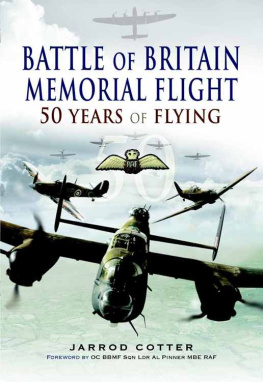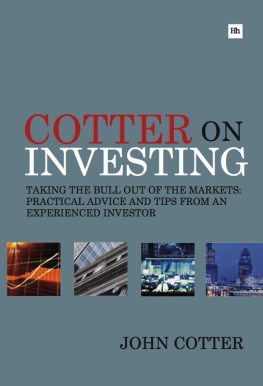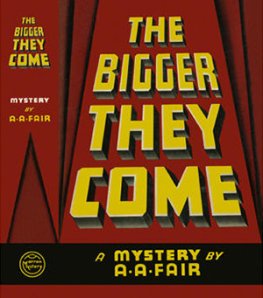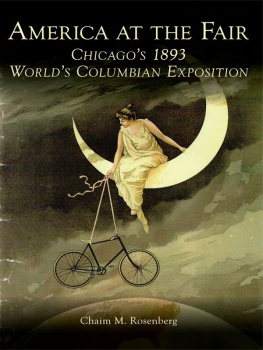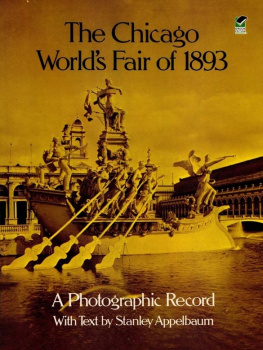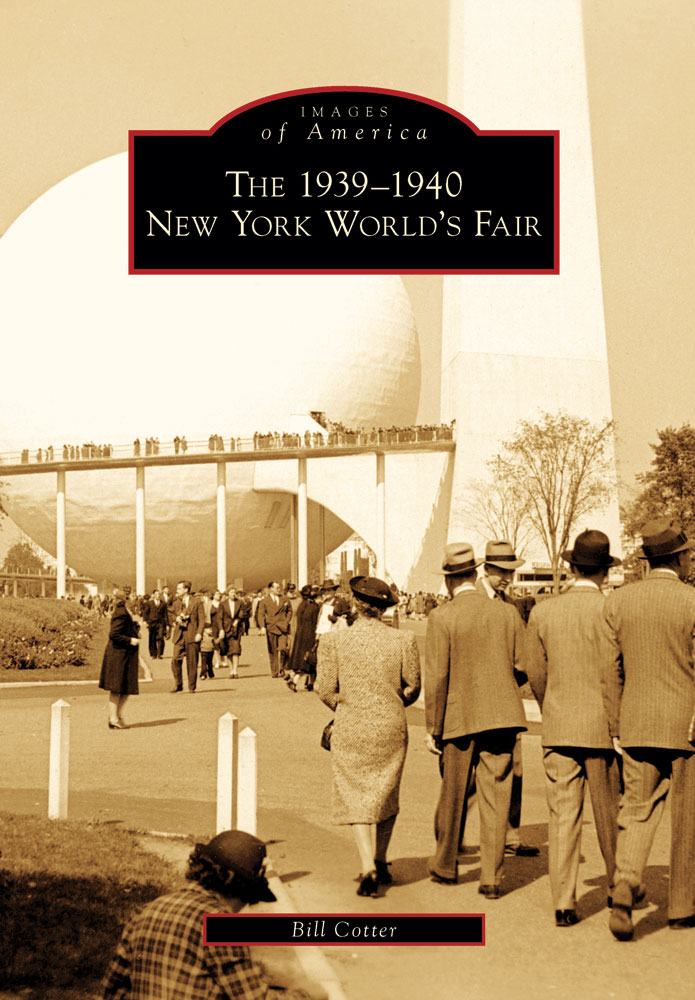
IMAGES
of America
THE 19391940
NEW YORK WORLDS FAIR

The wonders of the World of Tomorrow were captured in this prefair painting commissioned for use in the official guidebook and publicity materials. Titled From Dump to Glory, it was painted by H. M. Pettit using tempera paints on wallboard. The painting is now in the collection of the Portledge School in Locust Valley, New York.
On the cover: The twin theme structures of the fair, the Trylon and Perisphere, remain some of the most recognizable symbols of any worlds fair. Viewed from the Court of Power, this angle provides an excellent view of the Helicline, the long curving ramp that led visitors out through the Trylon and down after they toured a model city of the future inside the Perisphere. (Authors collection.)
IMAGES
of America
THE 19391940
NEW YORK WORLDS FAIR
Bill Cotter

Copyright 2009 by Bill Cotter
ISBN 978-0-7385-6534-7
Ebook ISBN 9781439642122
Published by Arcadia Publishing
Charleston, South Carolina
Library of Congress Control Number: 2008940551
For all general information contact Arcadia Publishing at:
Telephone 843-853-2070
Fax 843-853-0044
E-mail
For customer service and orders:
Toll-Free 1-888-313-2665
Visit us on the Internet at www.arcadiapublishing.com
CONTENTS
Although I have been collecting photographs and information from the fair for many years, many parts of this grand venture are still waiting to be discovered or analyzed. It is always fun to turn up something new, but sometimes it is difficult to properly identify where a picture was taken, which season it was from, or perhaps even what the subject was. Fortunately, I have received a great deal of help in answering these and other questions from Eric Keith Longo, whose knowledge of the fair is encyclopedic in scope.
I also received invaluable assistance from my wife, Carol. Sometimes an author can get too close to his subject and assume that others know it as well as he does. Carol has helped me on countless occasions by asking just what point I was trying to make, and her proofreading skills have saved me from many an embarrassing error.
All photographs are from the authors collection.
This book is dedicated to Mom and Dad. Thanks for kindling my interest in the fair by sharing your memories of your own trips there. And yes, Mom, I did remember to get the Italy pavilion in here for you. And to Carol, thanks for continuing to indulge my mania for collecting photographs from the past.
I was introduced to worlds fairs at the age of 12 during the first season of the 19641965 New York Worlds Fair. I had heard about the 1962 fair in Seattle, and an aunt had been to Expo 58 in Brussels, but as far as I was concerned the 1964 fair was the fair. I doubt if I was even aware that an earlier fair had been held on the same site, and I probably had never heard of the Trylon and Perisphere.
After college I moved to Los Angeles to work in the entertainment industry, an interest driven in large part by the 1964 fair. My parents were still in New York, and on one visit home I went back to Flushing Meadows to see what had become of my beloved fair. My mother joined me, and as we walked around the grounds she kept mentioning the 1939 fair. When we got home she gave me her old guidebook to the fair. Little did she know that she had kindled a major new interest in me.
Things really started taking off in 1989 on another trip to New York, this time for a worlds fair show at the Queens Museum of Art on the old fair site. I had gone there primarily to add to my collection of 1964 memorabilia, but there were several presentations on the 1939 fair. Watching films of the fair and browsing through the merchandise on sale increased my appreciation of the 1939 edition.
Shows like this and other opportunities to meet with people who had been at the fair provided an interesting perspective on the event. While these past visitors were unanimously positive about the fair, most of them could not recall any significant exhibits other than General Motors Futurama or Billy Roses Aquacade. When asked what other exhibitors such as Ford or General Electric had shown, though, most people had no definite or accurate response.
What, then, was it that these people did remember? It was the fairs style, beauty and, most of all, the optimistic outlook it offered for the future. This was a major revelation for me; as a baby boomer, it was hard to understand the climate that had existed during the 1939 fair. The 1964 fair had taken the position that the 1950s were good but the future was going to be even better. Cars would be faster, houses easier to clean, and technology was going to have us vacationing on the moon or under the sea. In 1939, though, many people did not own cars, could only dream of owning a house, and if they were very lucky, a vacation was a few days at a lake or sitting by the ocean.
To really appreciate the 1939 fair, then, means that one has to understand the feeling of promise and hope it offered to those who had been through the Great Depression. Exhibits such as Futurama or Democracity predicted that home ownership would be the standard rather than an exception, and even better still, almost everyone would live in the suburbs, away from the noise and congestion of the cities. These happy views of the future were presented in an imaginative setting, an oasis from everyday life that was full of strangely shaped buildings, colorful flowers, sculptures, and fountains. Almost everyone I have spoken to about the fair has talked much more about the fair as a whole than of any specific exhibit or show.
This is the fair I wanted to recreate in this book. Over the years I have continued to increase my collection of material from the fair, and while much of it is the standard souvenir items common to such expositions, my favorite acquisitions have been candid photographs. They are the closest I will ever get to see the fair myself. They are also a more accurate way to see what made the fair so special than is otherwise available through news stories of the time or todays history books. There have been several excellent books about the fair over the years, but they have focused on the official publicity photographs taken by the fair corporation and its exhibitors. Most of those pictures appear to have been taken while the fair was under construction or closed to the public, with generally stark views of empty pavilions and streets. While these provide a wonderful way to study the details of the fair, they do not convey the energy and wonder experienced by those lucky enough to have been there.
The candid photographs that make up the majority of this book feature scenes of guests as they stroll the grounds and take in the shows, or document the views that they felt were important at the time. This includes the gardens and sculptures instead of some of the decidedly dull interior exhibits; the Consumers Building, for example, had displays on items such as foot powder and butterfly-wing jewelry, which were quickly dropped from consideration for inclusion. In some cases I had to use publicity photographs for angles the average visitor could not have taken, such as aerial views, but these pictures total approximately 12 of the more than 200 images presented here.
With its hundreds of buildings, statues, and exhibits, it is impossible to capture the entire fair in any one book. I hope these vintage scenes, though, have caught some of the beauty and magic that made up this wonderful World of Tomorrow.
Next page

![Cotter - Kettlebell training: [95 exercises for strength, toning, stamina, and weight loss]](/uploads/posts/book/196732/thumbs/cotter-kettlebell-training-95-exercises-for.jpg)
